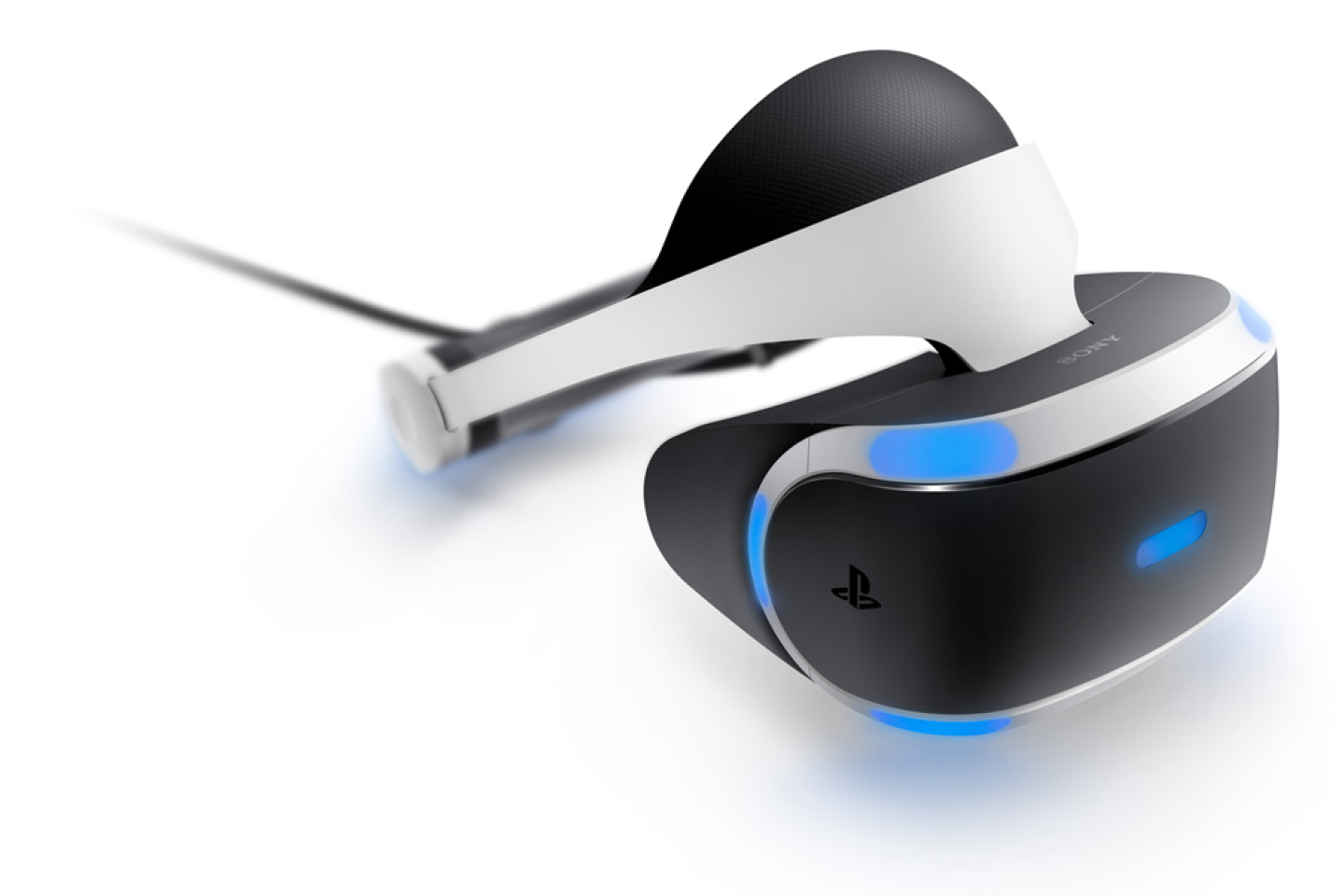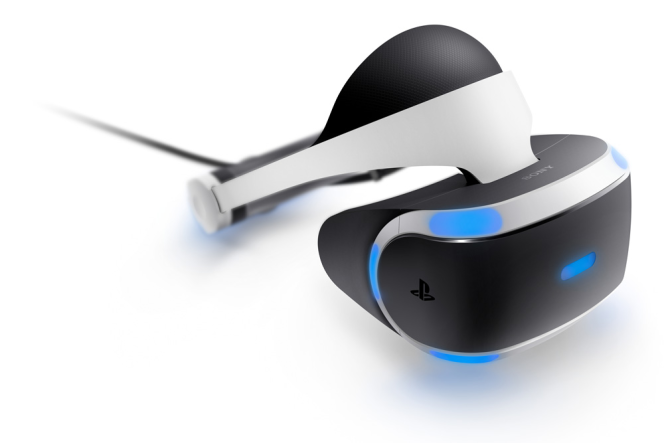Sony is pulling its weight

 The PS VR, which has crossed one million sales, is the most requested medium-high-end virtual reality headset. SONY
The PS VR, which has crossed one million sales, is the most requested medium-high-end virtual reality headset. SONY
Eight months after its release, Sony announces that it has sold 1 million copies of its new virtual reality headset for PlayStation 4, the PS VR. It should constitute one of the axes of communication of the Japanese firm during its annual conference at the E3 video game Fair, Monday, June 12, at 3 a.m. in France.
“We’re not going to talk about mass adoption for a million units, but we can say that it’s a good start,” Sony’s commercial director Jim Ryan recently estimated in an interview Monday with Time, while saying he was “intrigued” by its potential. PS VR currently equips 1.7% of the 60 million PlayStation 4s in circulation, Sony’s home console being by far the best-selling on the market. A very encouraging attachment rate in the eyes of the manufacturer, especially since its distribution has been slowed down by stock shortages.
“Sales are higher than our forecasts. We are going to improve our production system, we want to quickly solve the current shortage problems,” explained Atsuta Morita, Asia manager of Sony Interactive Entertainment to the Japanese daily Asahi Shimbun. Launched last October, the first mid-range virtual reality headset had been out of stock since December, Sony having expected a lower demand. Last February, the manufacturer reported 915,000 sales.
This is not the only product that has been out of stock in recent months, the PlayStation Pro has been the victim of the same problems. “As for the PS VR, I guess we haven’t been very good in our forecasts, the product is desperately out of stock,” admits Jim Ryan.
A daring triple launch
At the end of 2016, Sony had surprised many observers by launching a lightweight PlayStation 4, the PS4 Slim, a virtual reality headset, the PS VR, and a new, more efficient evolution of its flagship console, the PS4 Pro, two months apart, at the risk of saturating the market. “As you remember, last year we were daredevil by launching three new machines in sixty days. We probably won’t do it again,” the global head of development within the brand, Shawn Layden, joked to Time.
The company had also troubled by announcing at the beginning of 2017 the closure of the British development studio Guerrilla Cambridge, which had designed RIGS, one of the main launch games of the PS VR headset in October. The decision could have been perceived as a harbinger of withdrawal from virtual reality. According to information from Le Monde, the Japanese manufacturer actually continues to distribute development kits for its helmet, and several novelties are in the works.
The firm is preparing both games and offbeat immersive experiences, such as a virtual reality version of the Japanese superhero movie Kamen Rider, or the Breaking Bad series. “VR allows you to enjoy a 360° world, it is an invention that goes beyond television,” details Atsuta Morita.
Announced as the big trend of the year 2016, VR headsets had experienced disappointing commercial launches, in particular the HTC Vive supported by HTC and Valve, and especially the Oculus Rift from Facebook. According to the International Data Corporation (IDC), it sold 770,000 high-end headsets in the first quarter of 2017, including 429,000 PS VR, 190,000 Vive and only 99,300 Oculus Rift. With 489,500 sales, the first place is occupied by the entry-level model Samsung Gear VR, based on Facebook’s technology, works with a phone and is sold four to eight times cheaper than other models.








